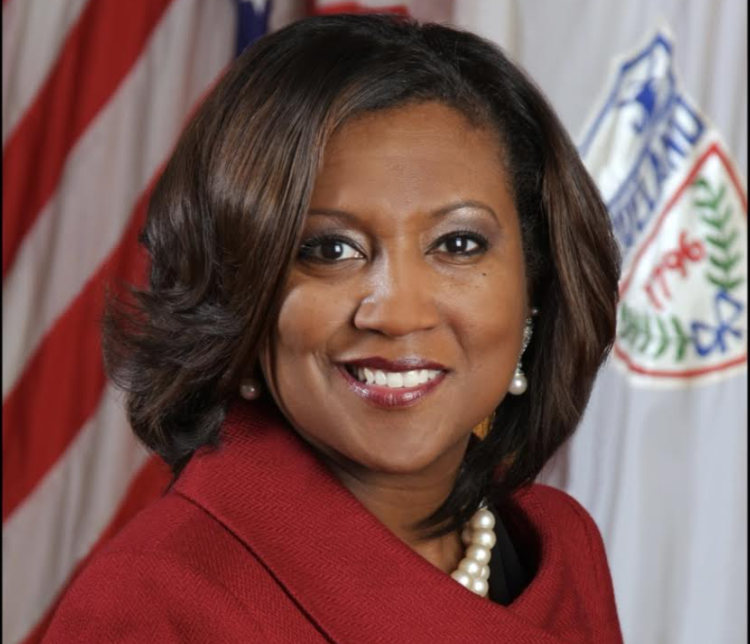Earlier this month, federal candidates turned in campaign finance reports covering their fundraising and spending from June to September. In the U.S. Senate race, Democrat Tim Ryan continues to outstrip his Republican opponent J.D. Vance. But Vance has been able to blunt that advantage significantly thanks to outside spending by Republican groups.
Comparing contributions
Vance made significant improvements after a lackluster summer quarter of fundraising, but his $6.9 million paled in comparison to Tim Ryan’s haul. In the third quarter, Ryan reported just over $17 million in new donations. A campaign press release gleefully noted that haul nearly doubled the previous quarter, which in turn doubled the quarter before.
The problem for Ryan is that he’s burning through that money about as fast as he gets it. All told, his campaign has raised a little more than $38 million. So far, he’s spent about $37 million of it. In the third quarter alone, he spent more on TV, radio, mail and online advertising than Vance has raised this entire campaign.
Both candidates are drawing the biggest share of their individual fundraising from people in Ohio. As of their last regular report, Vance collected about $2.7 million from Ohioans, or roughly half of the overall total from individuals. Ryan raised more than Vance in Ohio, $3.2 million, but it represented about a third of the overall share of his fundraising from individuals. The second biggest share of these contributions came from Californians.
Vance also bolstered his bottom line during the last quarter with a second personal loan of $700,000.
Fundraising figures will be moving target in the final few days, as candidates face 48-hour reporting requirements for any contributions greater than $1000. As of Wednesday, Vance reported an additional $92,500 and Ryan has reported $90,750.
How about organizations?
Vance’s campaign accounts picked up donations from recognizable companies like Home Depot, UPS, Anthem and the private prison company the GEO Group. A number of organizations representing the coal industry gave to Vance as well as franchisees for KFC and Burger King.
Despite claims of antisemitism after Vance suggested George Soros might fly women to different states for abortions, Vance picked up more than $25,000 each from NORPAC, which promotes U.S.-Israel relations and the Republican-Jewish Coalition.
Vance also received a few thousand dollars each from a whole host of Republican officeholders. One standout, though, was U.S. Sen. John Cornyn, R-Texas, who gave more than $35,000. Cornyn helped negotiate this summer’s gun reform measure shortly after the school shooting in Uvalde, Texas. Vance later voiced opposition to that legislation.
Ryan brought more than $133,000 from J Street PAC which focuses on ending Israeli-Palestinian conflict. He’s part of a number of different joint fundraising committees, including one — Justice 2022 — that brought in about $118,000.
Ryan received $5000 from Cardinal Health, but most of his industry donations came from a wide array of labor groups. Bricklayers, railroad workers, sheet metal contractors, air traffic controllers — even seafarers — gave to Ryan’s campaign. He also got donations from planned parenthood and NARAL’s political action committees.
Outside spending
The elephant in the room — and the reason Ryan is burning through his funding advantage — is outside spending. The biggest share of that spending comes from the Senate Leadership Fund, a Republican Super PAC controlled by Mitch McConnell. According to FEC independent expenditure reports, the organization has poured $28 million into the race so far.
The corresponding Democratic Super PAC, Senate Majority PAC, has thus far stayed out the race. In an emailed statement, J.B. Poersch was complimentary of Ryan’s campaign but didn’t signal a last-minute rescue effort.
“Tim Ryan is running a remarkably strong campaign that is resonating with Ohio voters of every political persuasion and putting Republicans on defense, while Vance’s weak candidacy has become a serious liability for the GOP,” he said. “We’re going to continue making strategic, effective decisions that put us in the best position possible to accomplish our mission: defending our Democratic Senate majority.”
Ryan himself has been of two minds about the lack of outside support, at turns frustratedor defiant. In recent weeks a handful of organizations have announced ad buys to support Ryan’s campaign, but it’s been a piecemeal approach.
Most notably, a super PAC called the Save America Fund has put a little more than $4 million into the race since August to aid Ryan. The committee first came together to support Kentucky Democrat Amy McGrath’s U.S. Senate bid against Mitch McConnell. Another liberal group called Future Forward USA has invested close to $3 million, and the Republican Accountability PAC, made up of Republicans who oppose Donald Trump, recently announced a $1.7 million ad buy opposing Vance.
Zooming out, this year’s midterms will be exceptionally expensive around the country. Campaign finance watchdog OpenSecrets projects spending to eclipse $9.3 billion. An NPR analysis of TV ad spending put Ohio down as the sixth most expensive race in the country.
• • •• • •
This story is provided by Ohio Capital Journal, a part of States Newsroom, a national 501 (c)(3) nonprofit. See the original story here.




















